SURROUNDED BY INSECTS ON A NICE APRIL DAY
It was a nice April day, and I was rambling around the coastal landscape a kilometer or two from the port of Liznjan, five or six from Medulin, the town in which I live. The year was 2019.
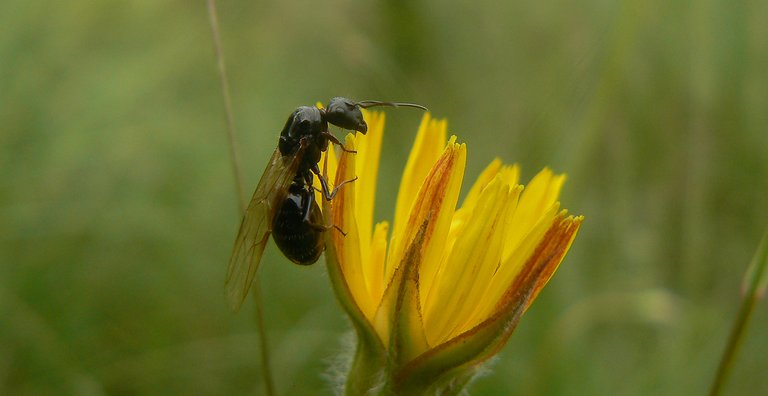
I just stumbled upon Steemit while exploring some mysterious corners of the Internet, and started blogging without a clear idea of what should I blog about and without having written a single sentence in English before. It was a weird, frustrating start that wasn't promising anything good. But somehow, I persisted.
In these first opening photographs of the post, you can see a group of winged ants.
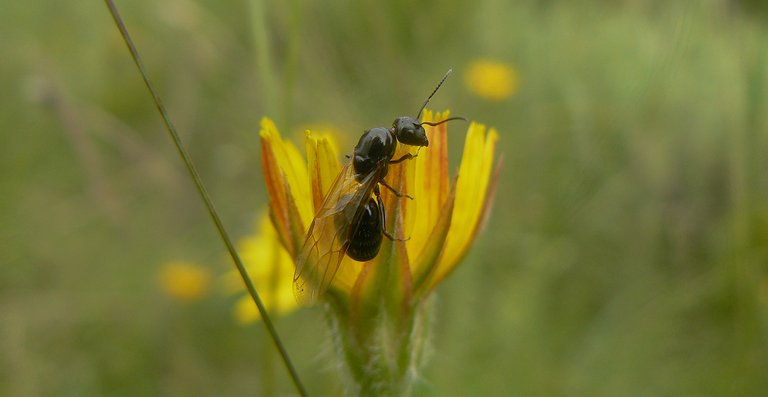
The species is Formica fusca ...
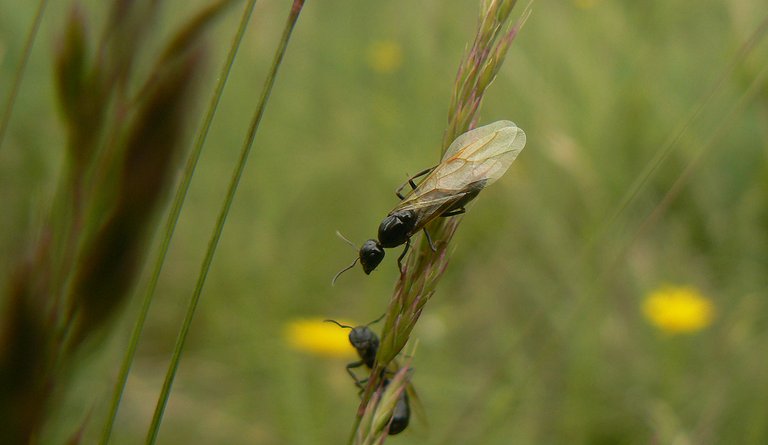
... and these are the individuals that can spread and continue the species.
Only these slender males and considerably bigger queens have the potential to reproduce and establish new colonies.
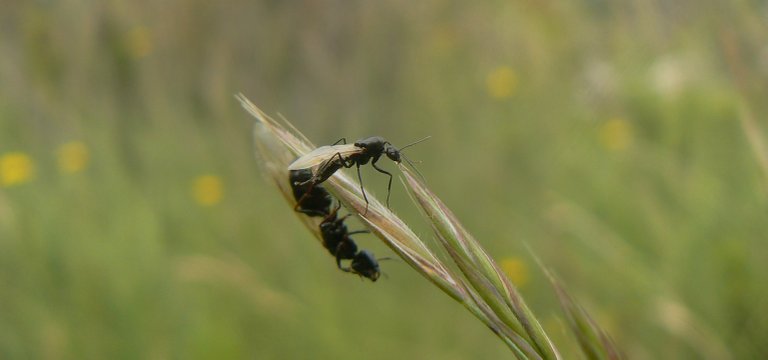
In this species, more queens can coexist inside the colony.
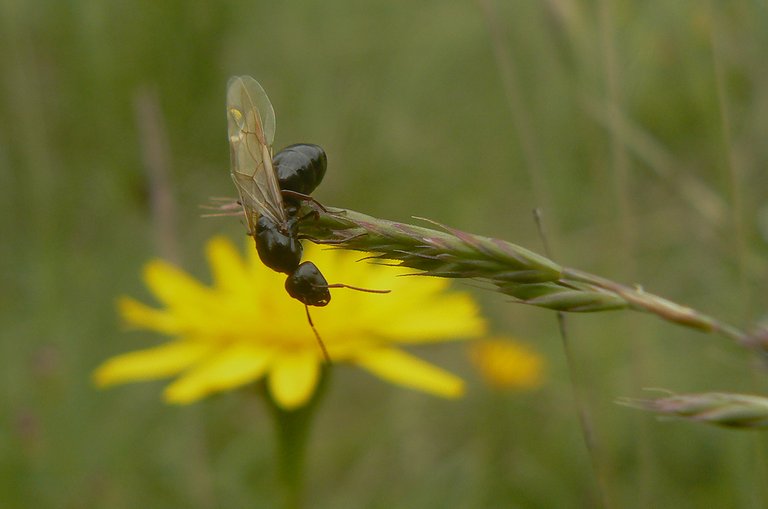
Only the female can survive and continue their life in new colonies.
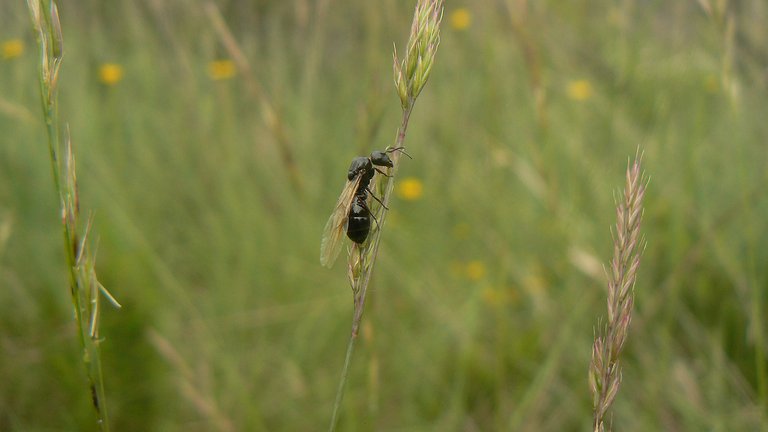
Males die soon after the mating. Their life span is extremely short.
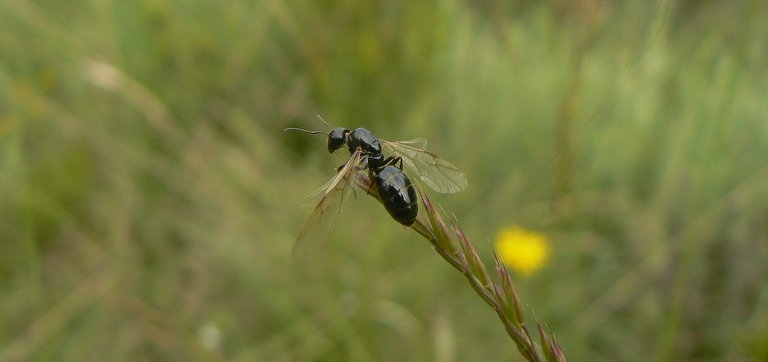
Not far from the winged ants that looked a bit like insect-shaped seeds ...
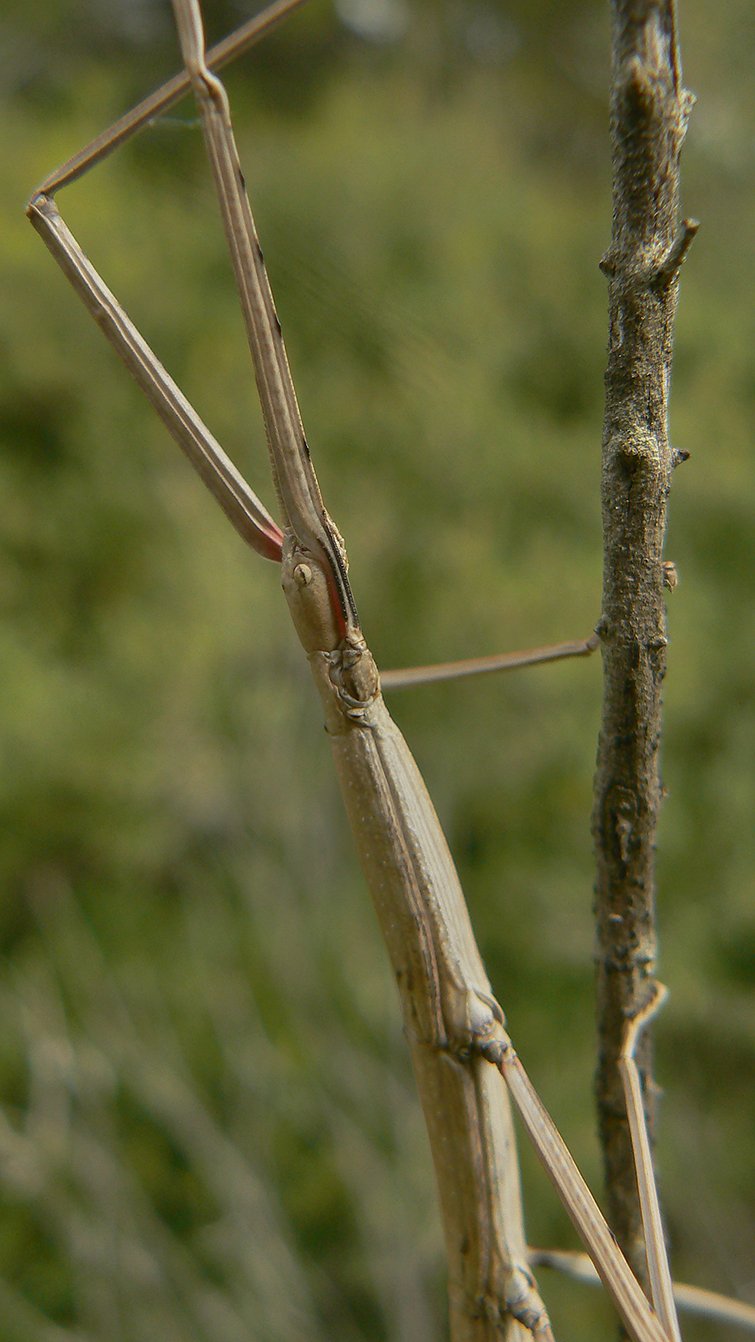
... I came across an insect that would look like a giant among those ants.
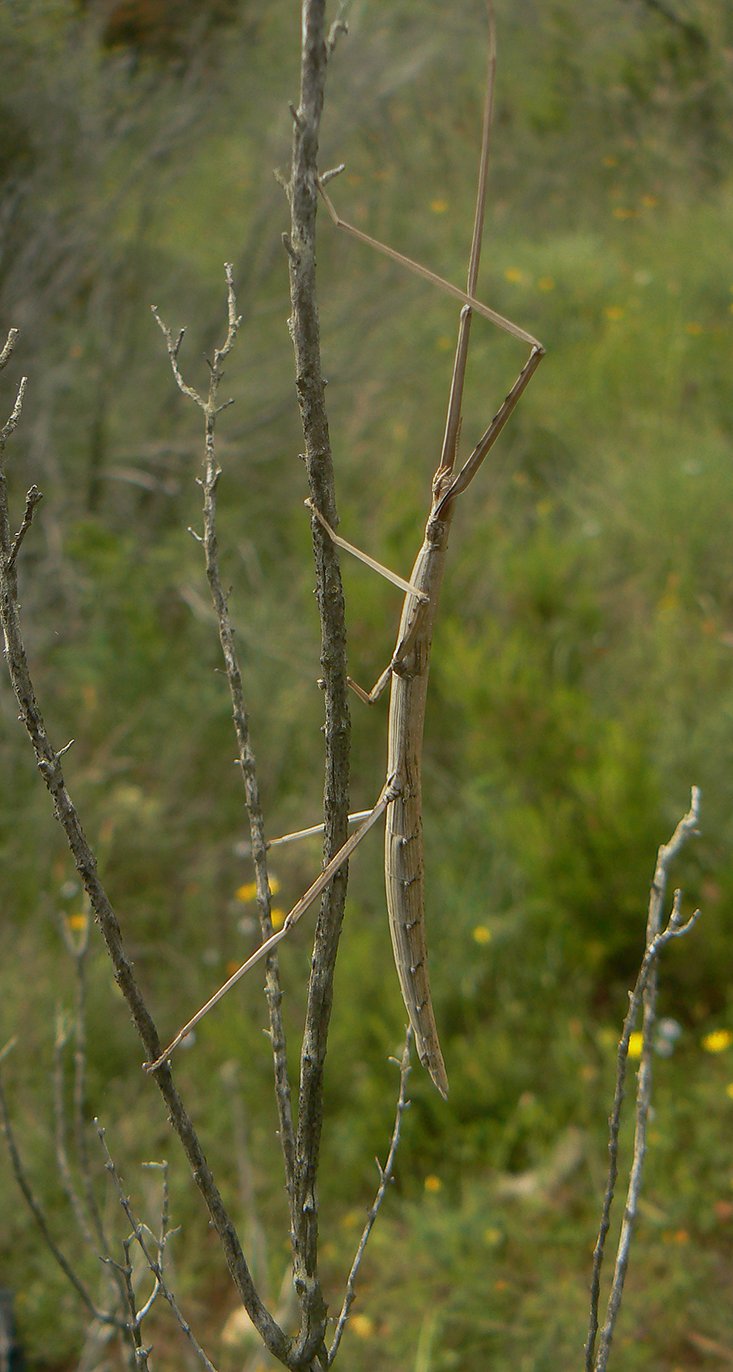
This is the Bacillus rossius ...
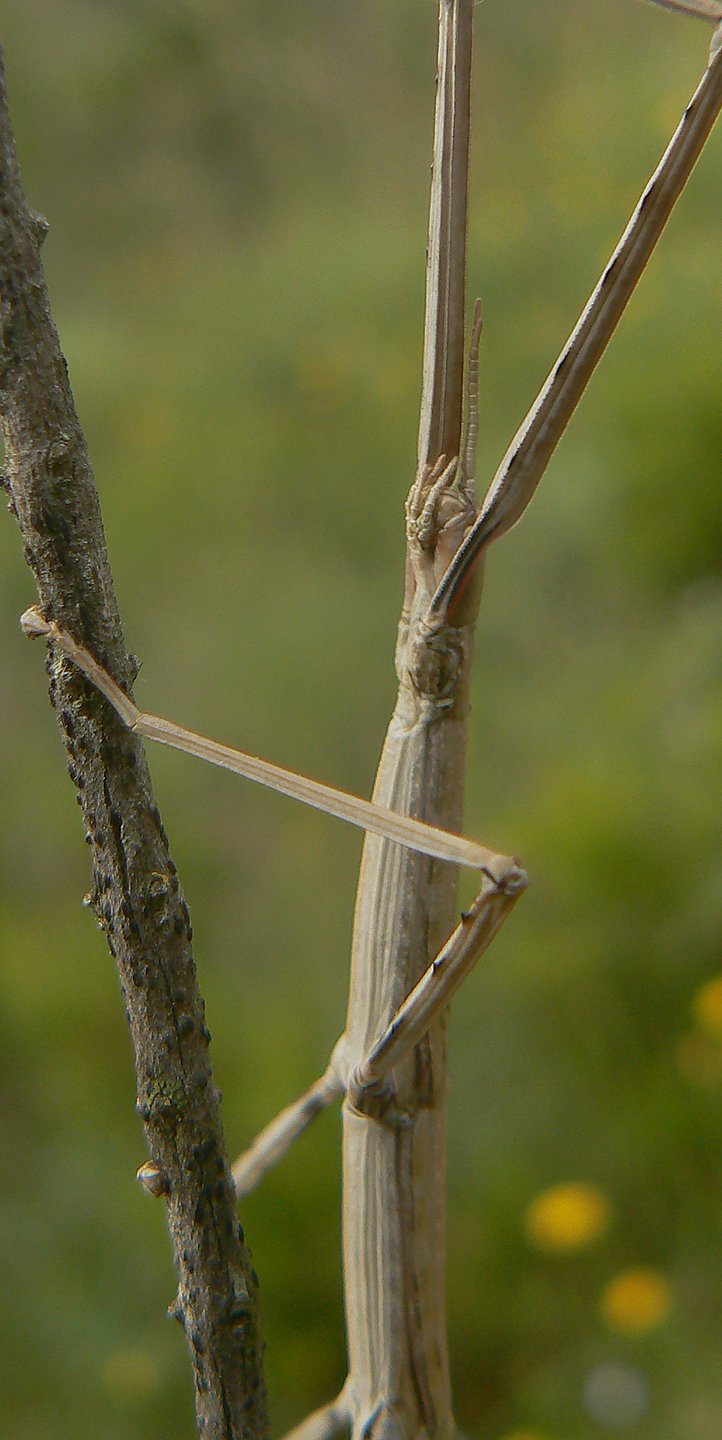
... commonly known as the European stick insect.
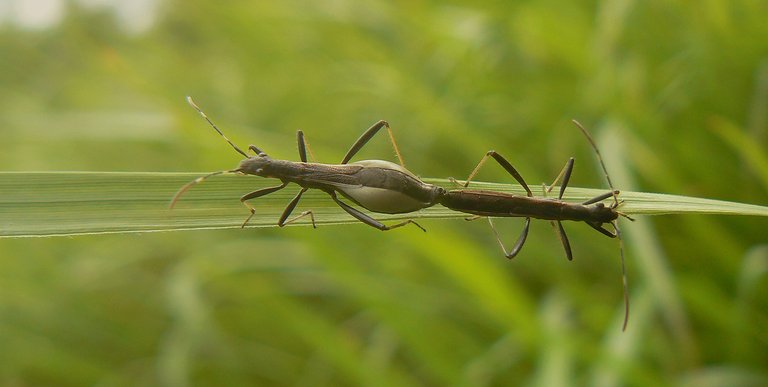
I found some bugs a bit later, that also looked a bit like strange small sticks.
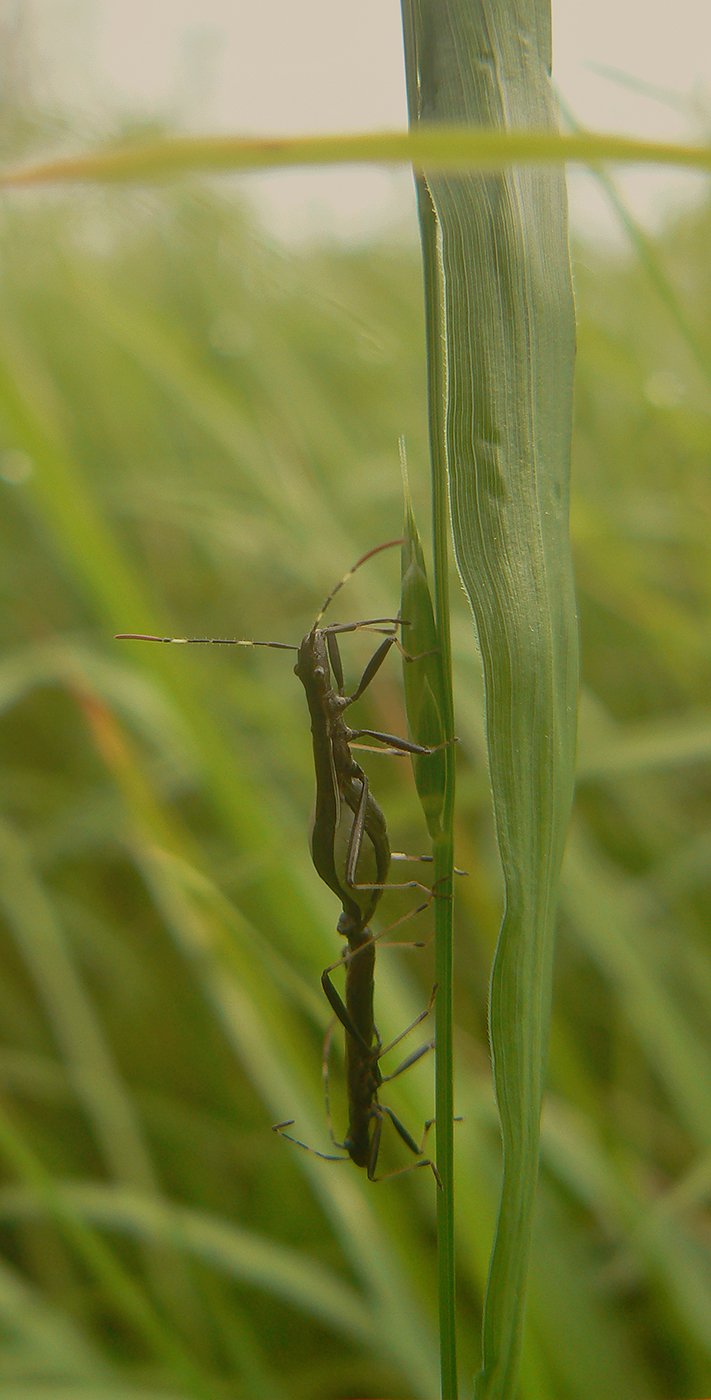
These are the Micrelytra fossularum, bugs from the Alydidae family. They feed on the nutritious fluids contained in seeds of various grasses that grow on coastal meadows.
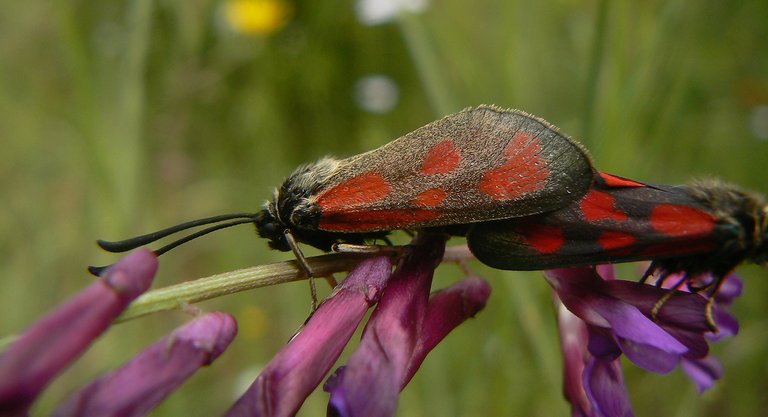
Soon I passed by another pair of mating insects.

These are some diurnal moths from the Zygaenidae family.
I came across some spiders on that day as well.
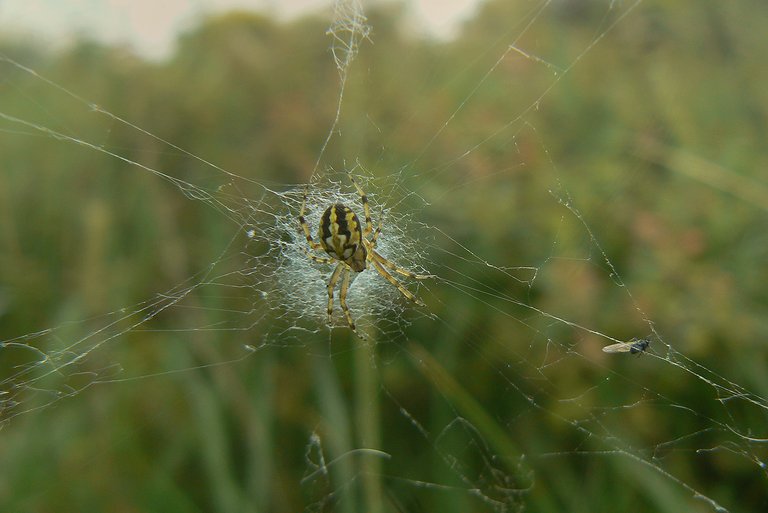
This is a very young and small Neoscona adianta.
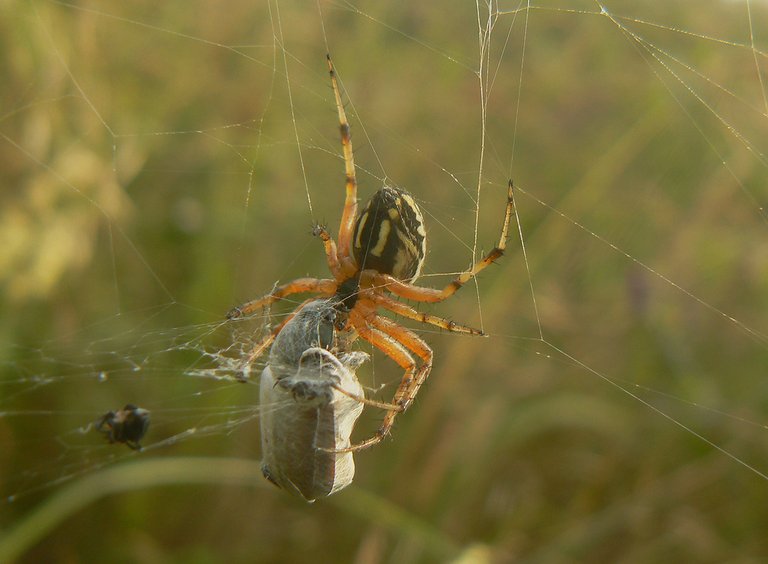
A bit later, in the same habitat, I photographed a bigger spider of the same species that has caught a beetle in its web.
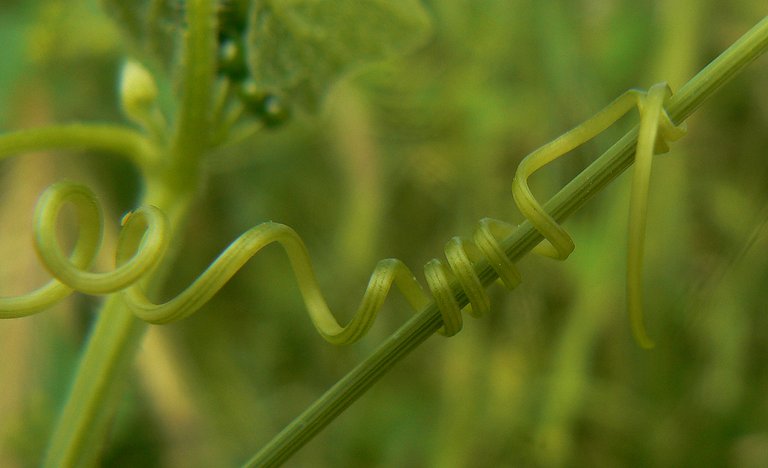
In this photograph, the focus is on the plant, for a change.
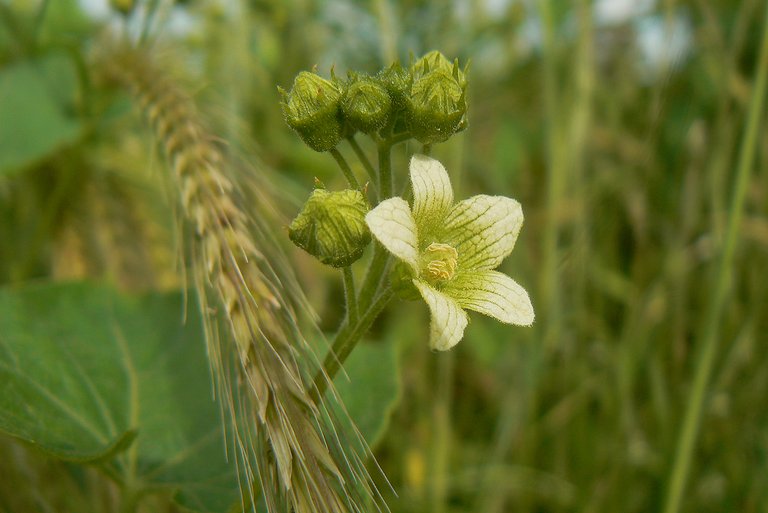
This is the Bryonia alba, a climbing plant with small, inconspicuous flowers ...
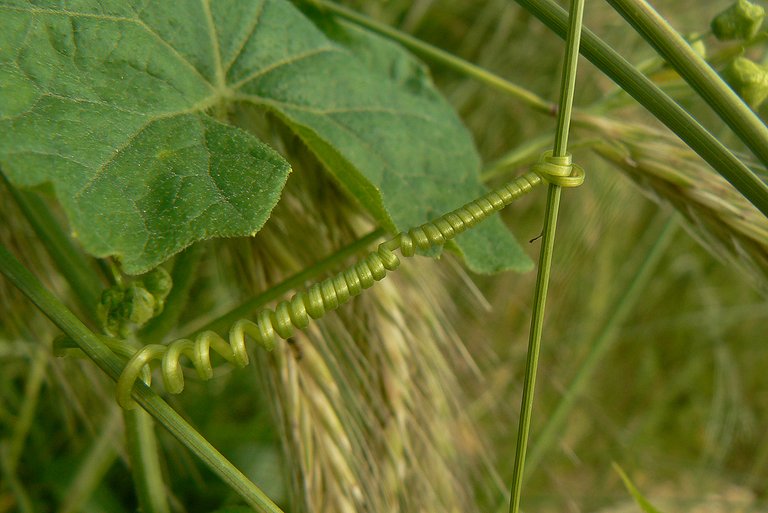
... and some cool tendrils.
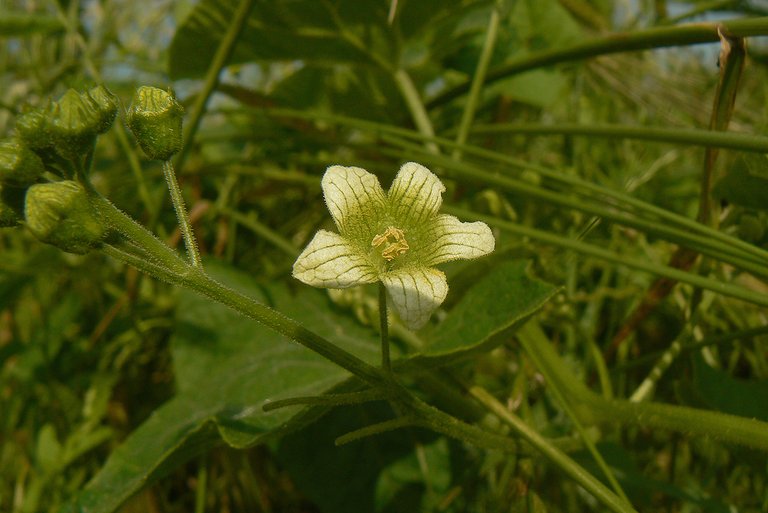
All parts of the plant are poisonous to humans. but many birds can eat the small black fruits and disperse the seeds.
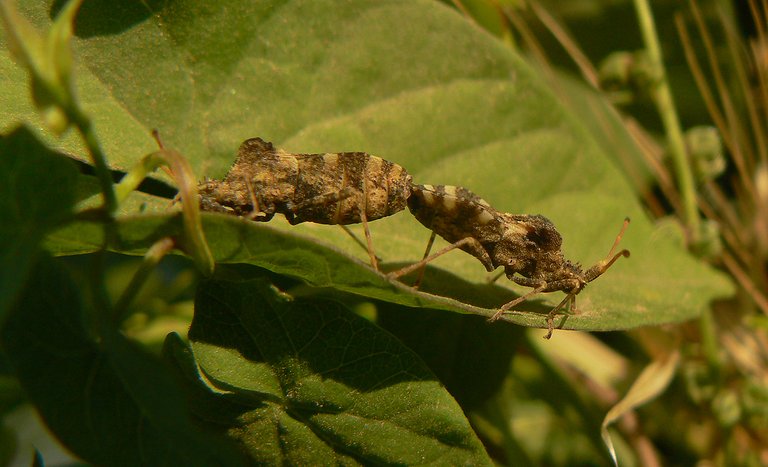
On one of the leaves of that plant I photographed a matting pair of some bugs from the Coreidae family.
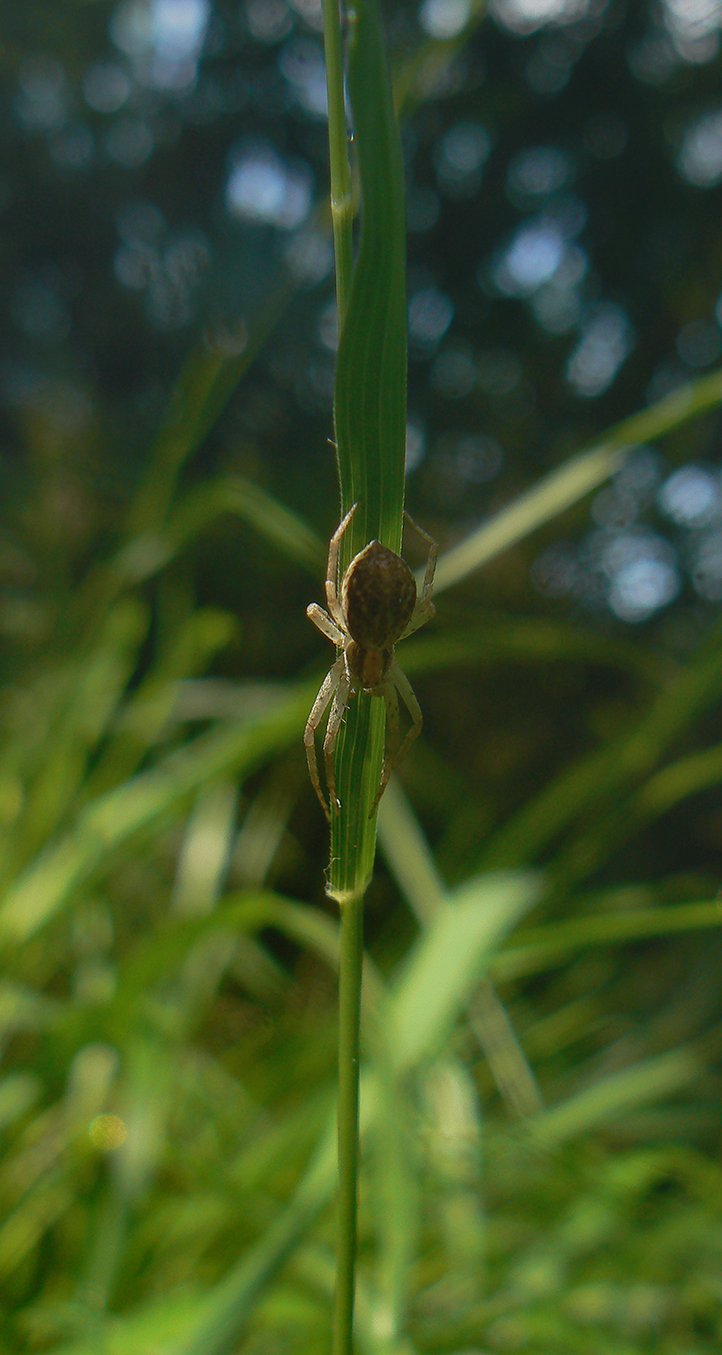
Here you can see another spider.
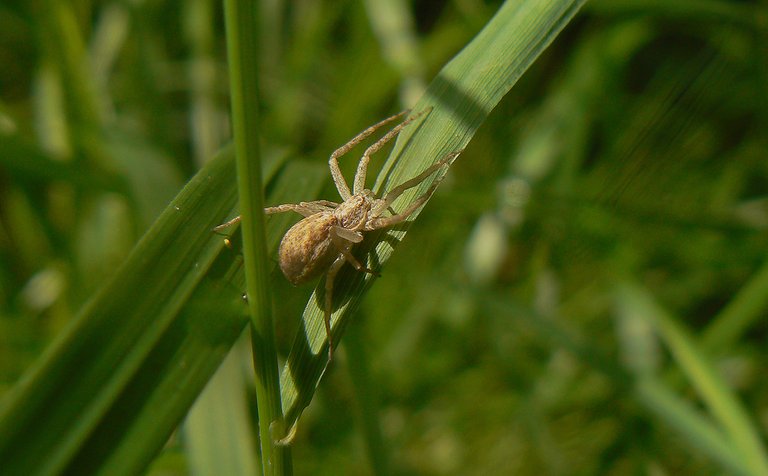
The Philodromus dispar.
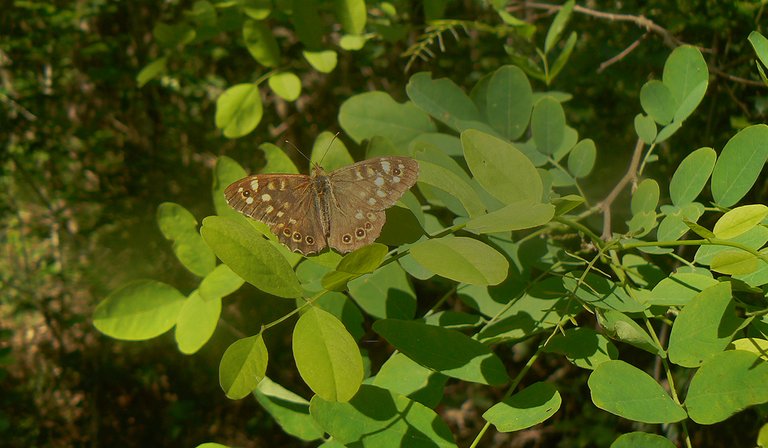
I had only a small, not very good compact camera in 2019. The photographs in this post were taken without the proper macro equipment that I'm regularly using nowadays.
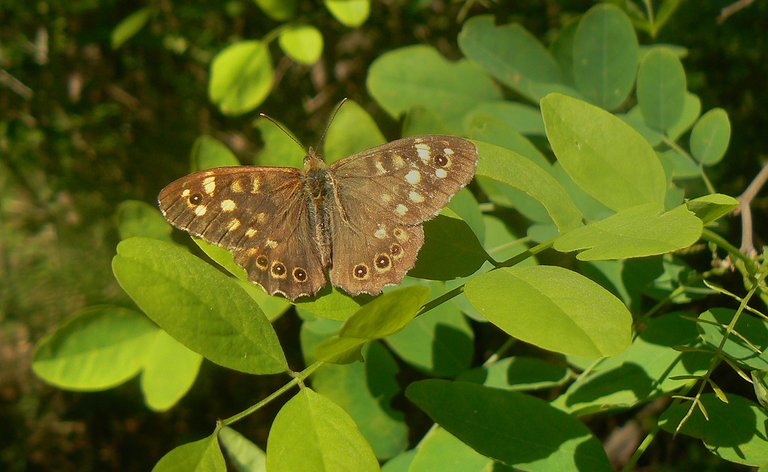
This is the Pararge aegeria butterfly.
Here you can take a wider look at the scenery.
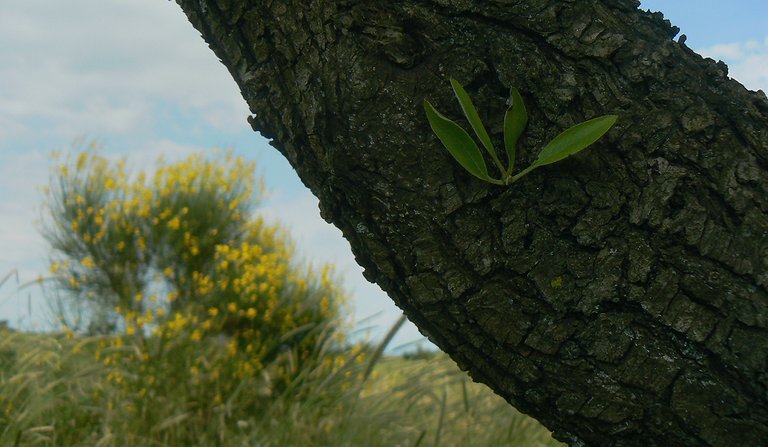
Shrubs and trees are sparsely scattered across the meadows.
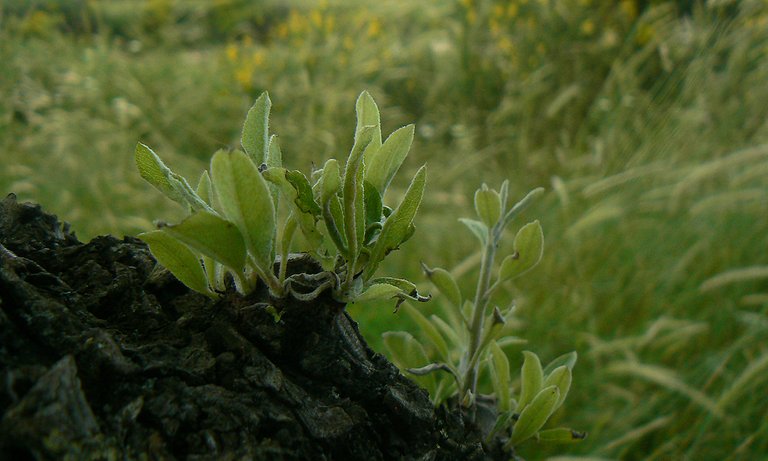
On the Pyrus spinosa tree ...
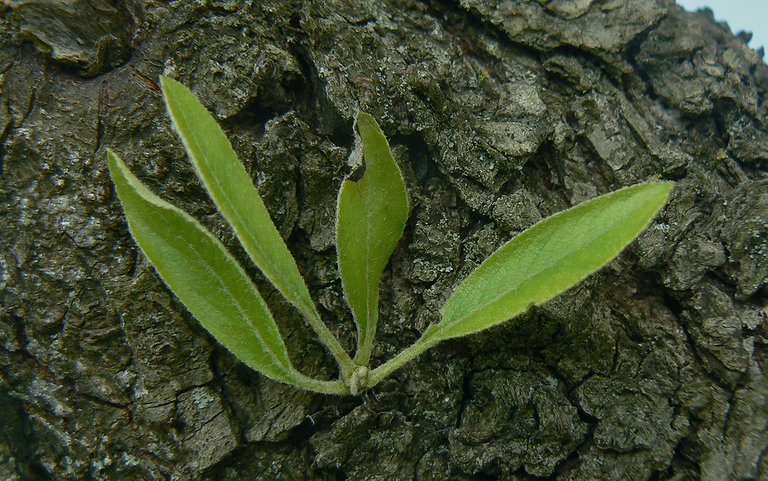
... the leaves often grow directly from the trunk.
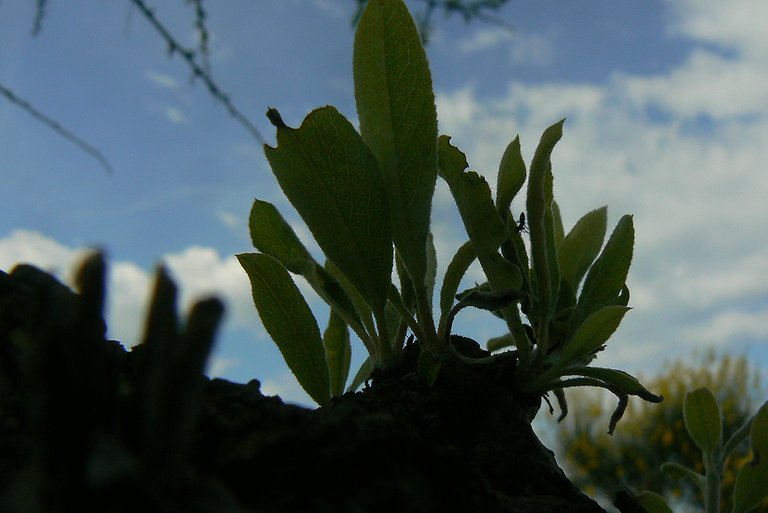
The fruits of the Pyrus spinosa are very tasty and edible, but only when they fall from the tree and look overripe and rotten.
This yellow flower of some dandelion-like plant that I wasn't able to identify was photographed under the small, contorted pine tree that grew near the coastal rocks.
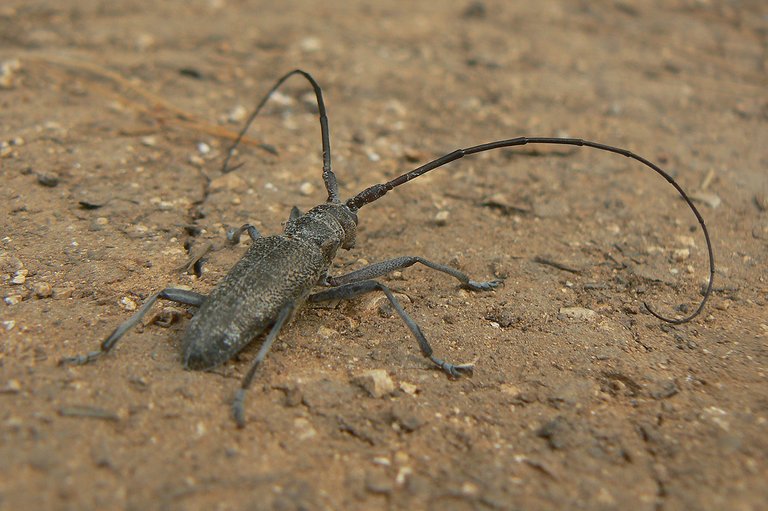
On the stretch of the road bordered with evergreen oaks ...
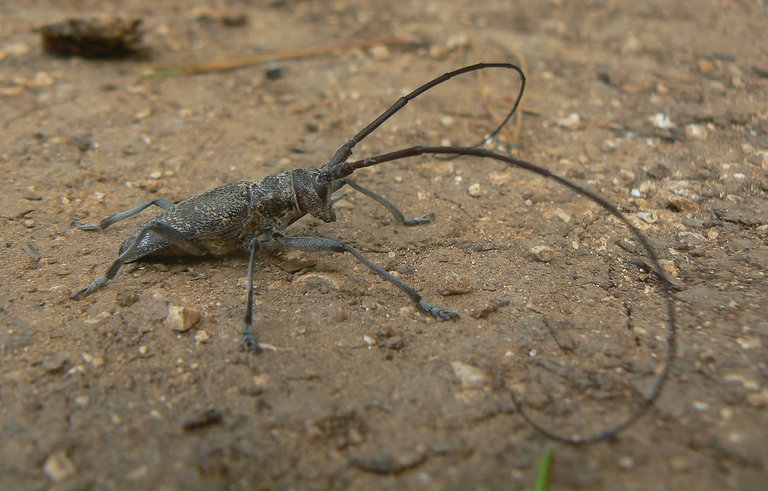
... photographed this longhorn beetle with extremely long antennae. Can't tell you the exact species. The family is Cerambycidae.
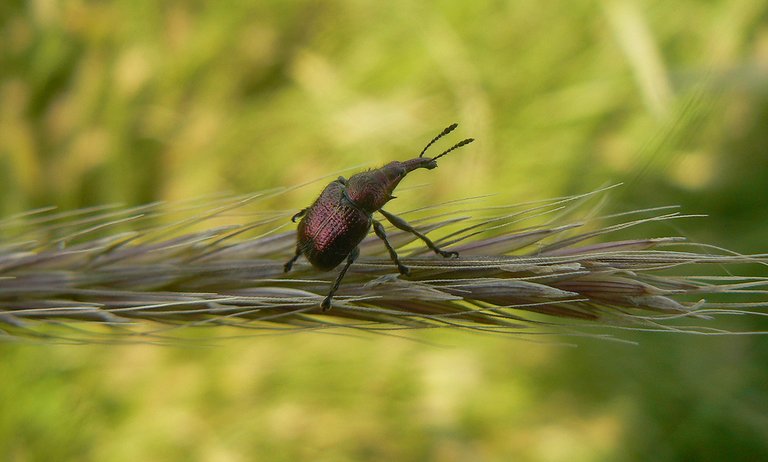
The iridescent beetle in this photograph is closely related to weevils.
This is the Rhynchites auratus, a species from the Rhynchitidae family.
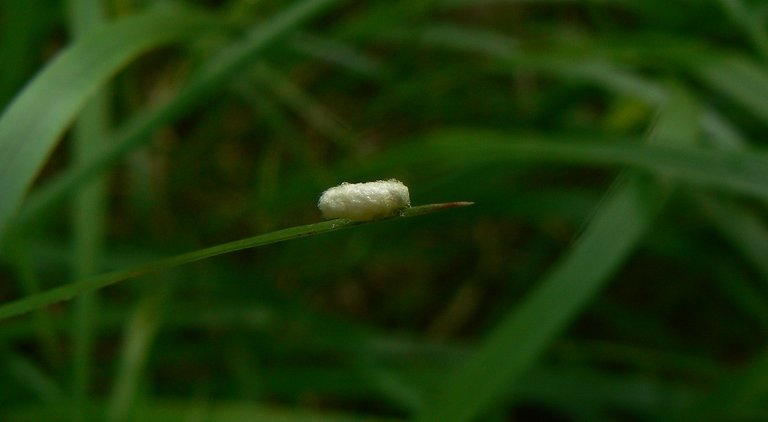
Here you can see some undefined little thing attached to the blade of grass. It looks like something made by a spider or an insect.
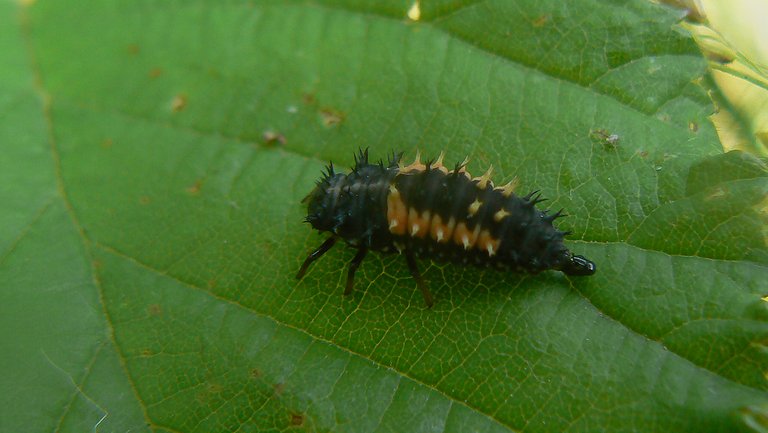
This is the larva of the Harmonia axyridis ladybird beetle.
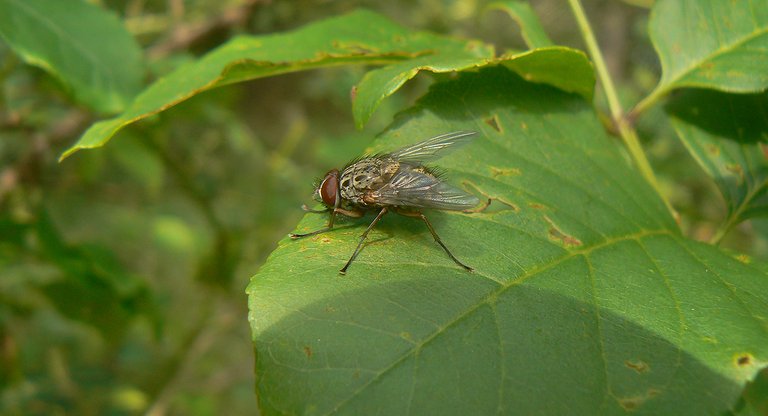
Here you can see some fly that I'm unable to identify. The family is probably Tachinidae.
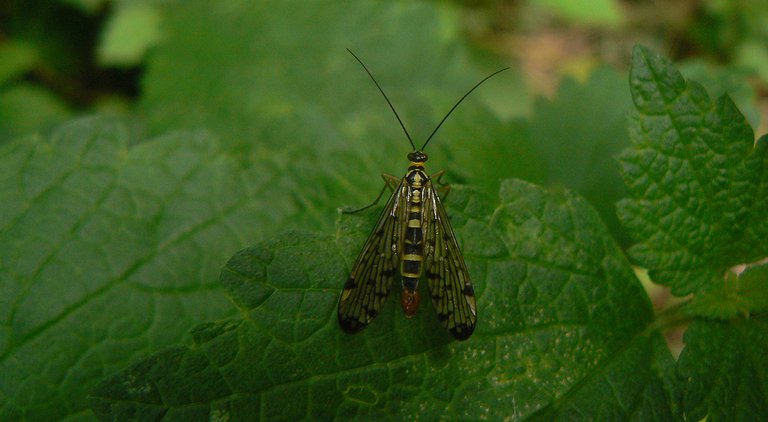
This is the Panorpa communis, a scorpion fly from the Panorpidae family in the order Mecoptera.

Here you can see the Polymerus nigrita, a small bug from the Miridae family.
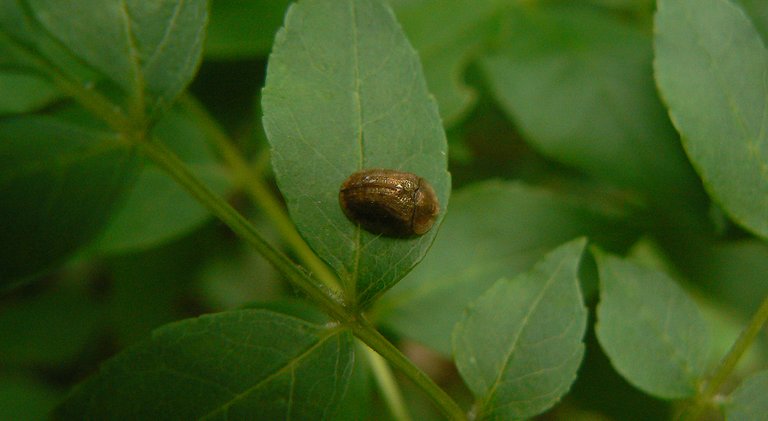
This is the Hypocassida subferruginea, a tortoise leaf beetle from the Chrysomelidae family.
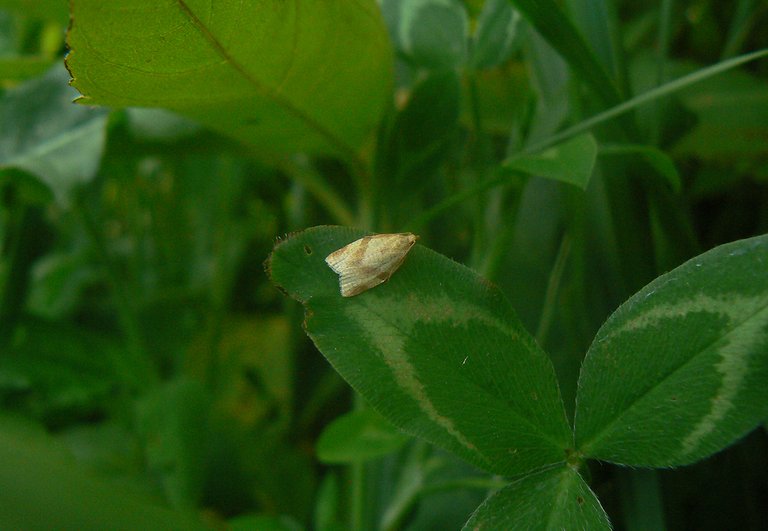
Here you can see one of the many small moths that I encountered that day.
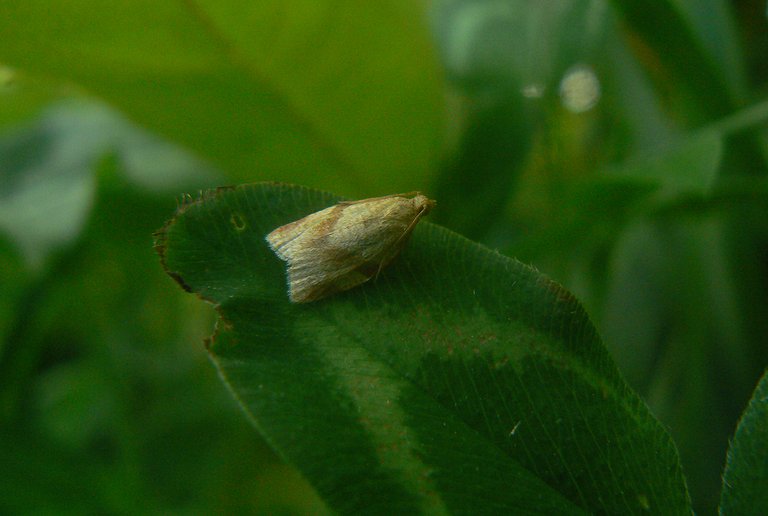
Clepsis consimilana is the name of the species. This is the male.
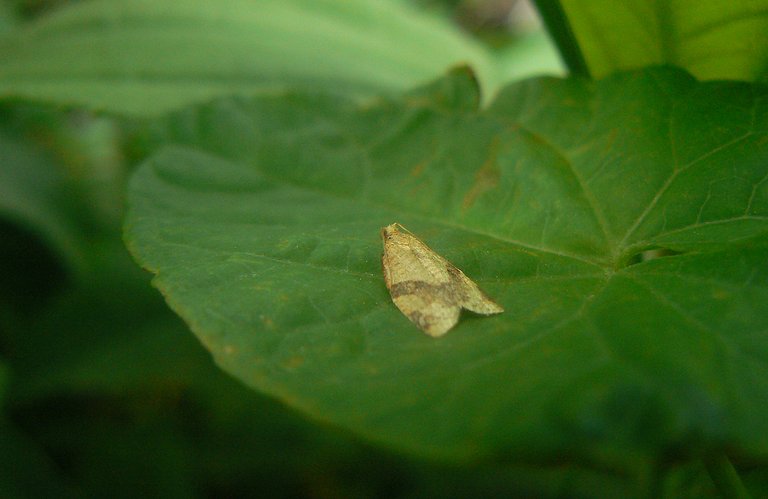
The family is Tortricidae. In the following photograph ...
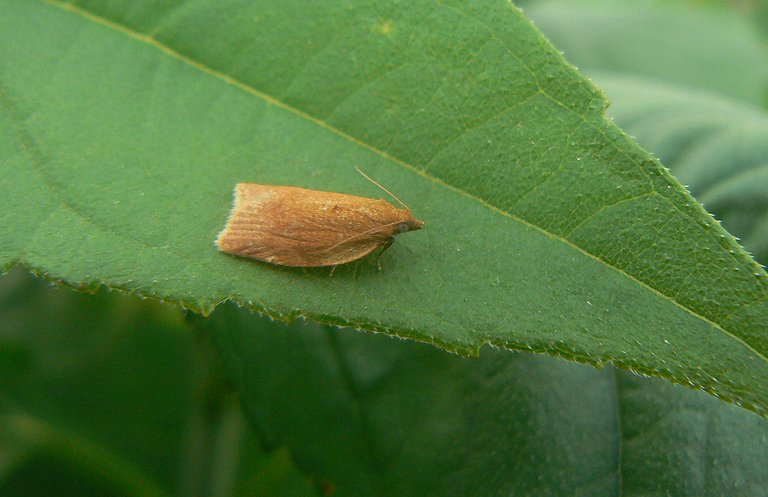
... you can see the female of that species.

This is some minuscule fly, probably from the Drosophilidae family.
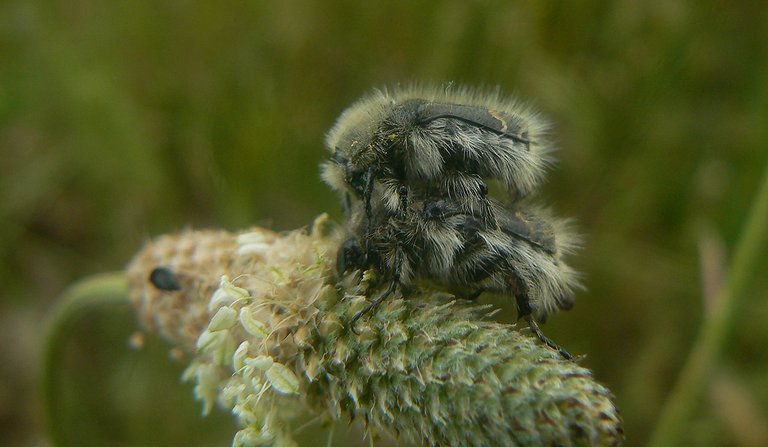
Here you can see a mating pair of the Tropinota squalida beetles. These are members of the Scarabaeidae family.
In this triptych, you can take a look at the Tritomegas bicolor, bugs from the Pentatomidae family.
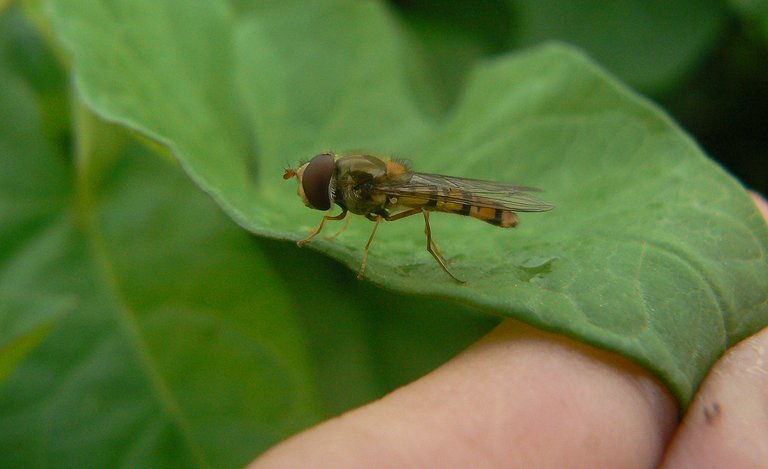
Here you can see another fly. The Episyrphus balteatus from the Syrphidae family.
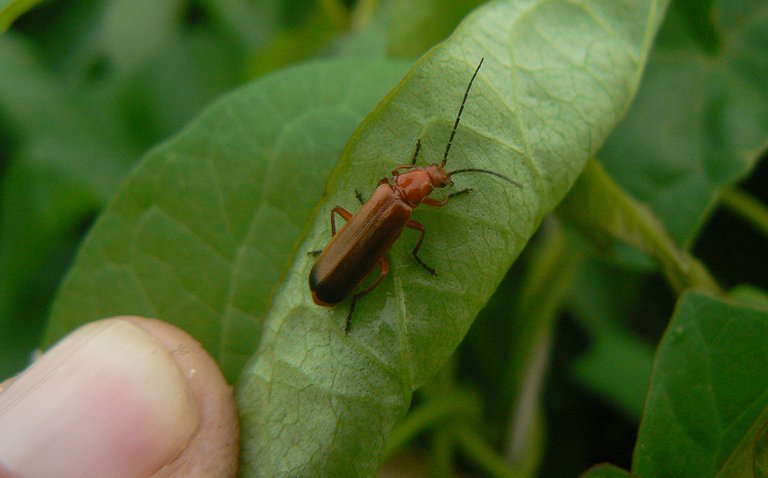
This is the Rhagonycha fulva, a beetle from the Cantharidae family.
AND THAT'S IT. AS ALWAYS IN THESE POSTS ON HIVE, THE PHOTOGRAPHS ARE MY WORK - THE END.

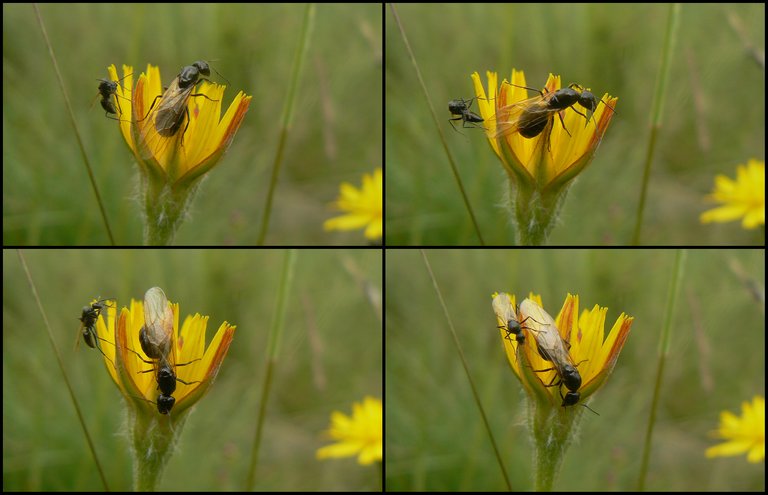
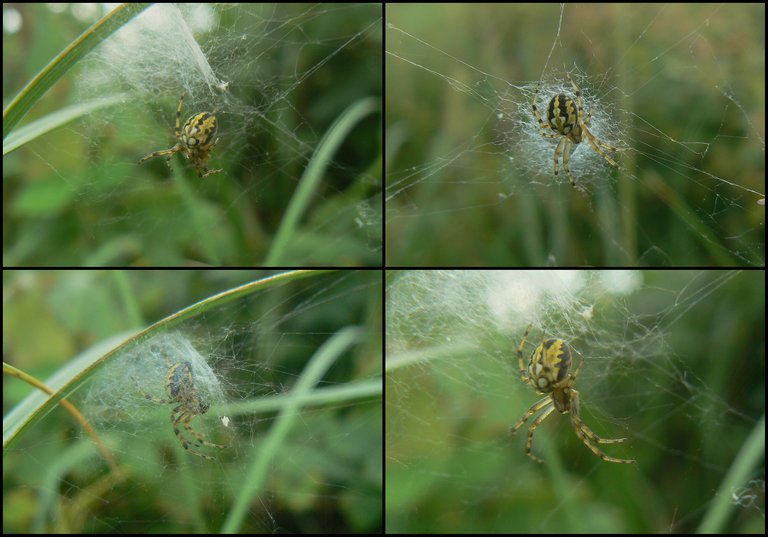
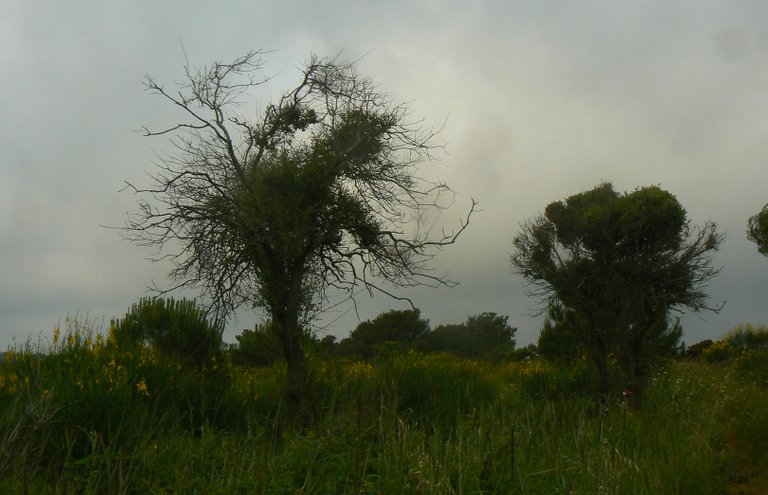
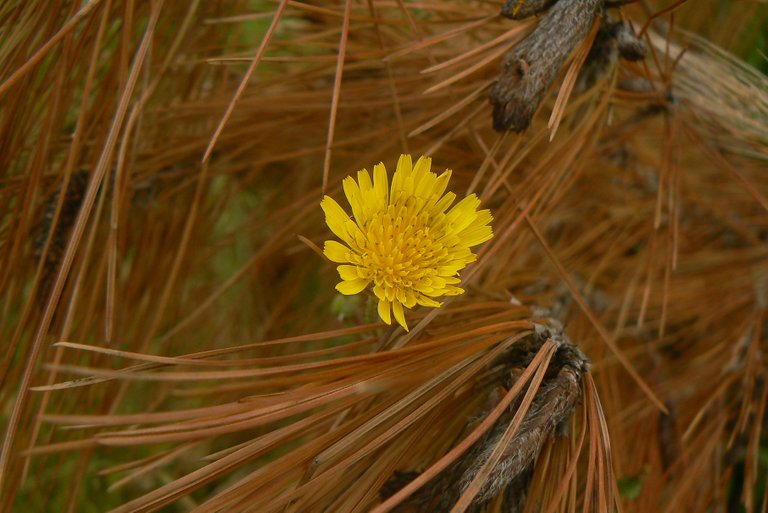
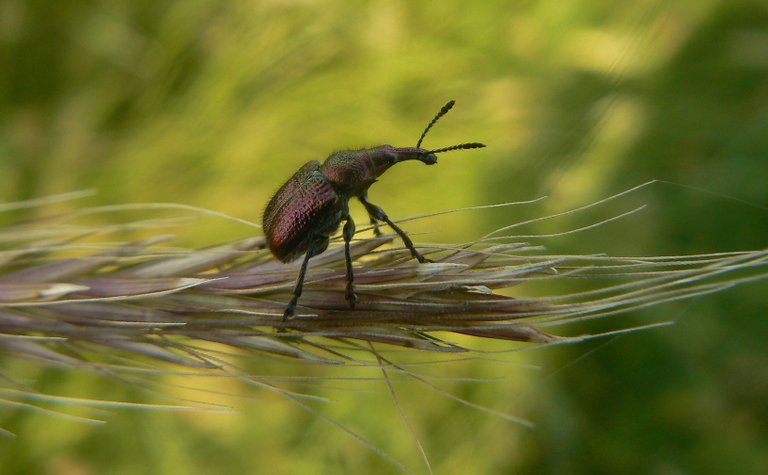

Hello dear friend @borjan good afternoon
I think it is the common denominator of all, we had no idea what to do when we arrived, luckily we persisted and who are we enjoy your beautiful shots of insects
April seems to be the month when insects mate, many of them making them
Have a beautiful afternoon
Yes 🙂there is plenty of action in April.
Hi!
I think the ants belong to the genus Camponotus rather than Formica.
Clues could be the overall proportions (elongated with short legs), the size of the eyes, the shape of the head, location of the scapus base. In some species, it isn't easy to tell apart though...
Great captures!
Could be. With the flying ones is especially hard to say because their proportions are more extravagant than those of workers that I encounter more often. I came to that species mostly because the workers that I usually encounter in that area are the Formica fusca, the most numerous species here where I live. 🙂Thanks for the suggestion.
Beautiful photos, wonderful and gorgeous macro exhibit.
!PGM
!LOLZ
!LUV
!MEME
BUY AND STAKE THE PGM TO SEND A LOT OF TOKENS!
The tokens that the command sends are: 0.1 PGM-0.1 LVL-2.5 BUDS-0.01 MOTA-0.05 DEC-15 SBT-1 STARBITS-[0.00000001 BTC (SWAP.BTC) only if you have 2500 PGM in stake or more ]
5000 PGM IN STAKE = 2x rewards!
Discord
Support the curation account @ pgm-curator with a delegation 10 HP - 50 HP - 100 HP - 500 HP - 1000 HP
Get potential votes from @ pgm-curator by paying in PGM, here is a guide
I'm a bot, if you want a hand ask @ zottone444
@brianhuang(10/10) gave you LUV. H-E tools | discord | community | <><
H-E tools | discord | community | <><
HiveBuzz.me NFT for Peace
Credit: memess
Earn Crypto for your Memes @ hiveme.me!
lolztoken.com
I don't think I can run that far.
Credit: reddit
@borjan, I sent you an $LOLZ on behalf of @brianhuang
Use the !LOL or !LOLZ command to share a joke and an $LOLZ
(8/10)
I admire you my friend, you know steemit before me, even though at that time you said you were frustrated because you didn't know what to do and what to write in English. But you decided to stay until now you have enjoyed the results.
To be honest, I was introduced to steemit by a friend in 2018, but at that time I didn't respond. So, in October 2021, I was introduced to Hive.blog again through another friend. At first I still didn't really respond to it because I was tired of writing, plus it was explained in every content that must be accompanied by photos. Well, therein lies my weakness because I do not understand at all in the field of photography. Until, I finally decided to try to dive into this Hive.blog and survive until now...
Thank you very much for sharing and beautifull photos my friend @borjan
Insects that look like giants have long legs
Loved the European stick insect, such good camo! Those Tropinota squalida beetles sure are shaggy.
I did not know that April is the month that insects mate , the photos look great , some insects seem to be in my workplace , I mean , they are too light